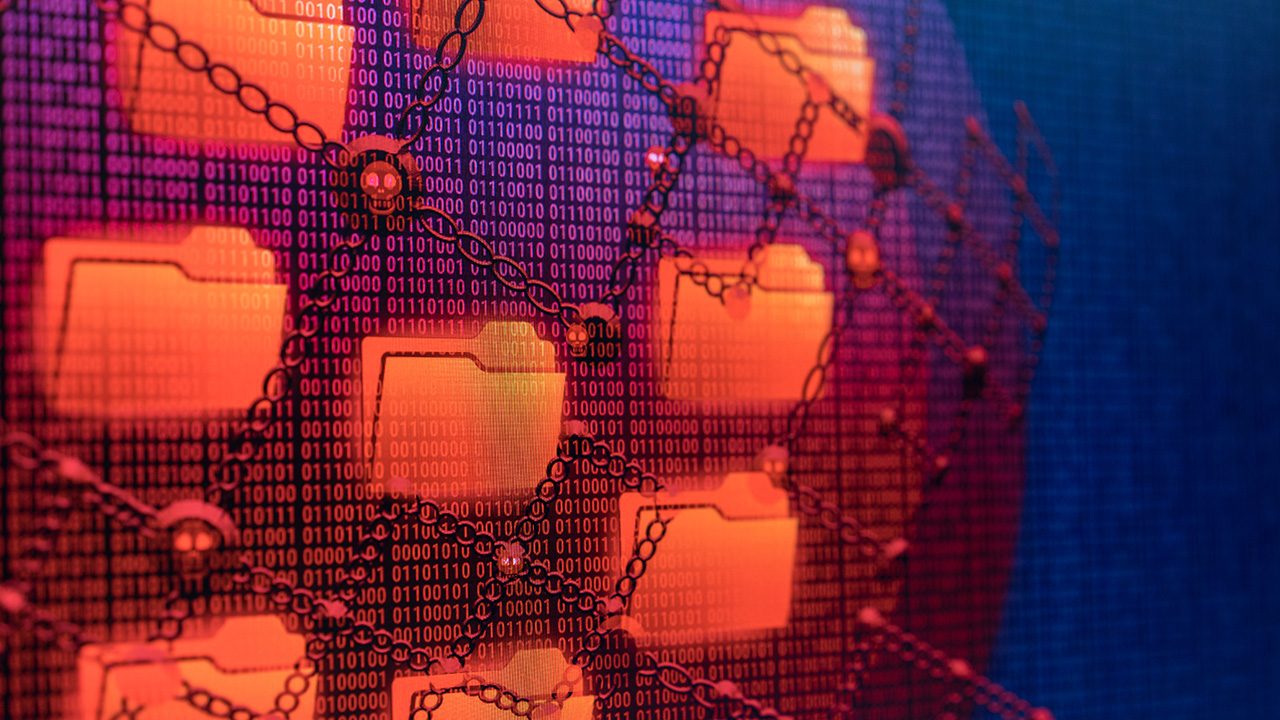SUMMARY
This is AI generated summarization, which may have errors. For context, always refer to the full article.

MANILA, Philippines – Cybersecurity firm Sophos on Wednesday, May 4, revealed that 69% of organizations it surveyed in the Philippines experienced a ransomware attack, or cyber attacks that encrypt systems and files for a ransom, in 2021.
The finding is part of the firm’s annual report on ransomware, which surveyed 5,600 IT professionals in mid-sized organizations (100 to 5,000 employees) across 31 countries in January and February 2022. The survey is also vendor-agnostic, meaning the survey was not limited to organizations using Sophos cybersecurity software. There were 150 respondents from the Philippines.
The Philippines’ percentage score of 69% is slightly higher than the global average of 66%. The rate is also higher than last year’s report, where only 42% of Philippine firms reported being hit by ransomware in 2020. In 2019, the number was also much lower at 30%, which shows how much ransomware attacks have increased over the past years.
Fifteen other countries also scored higher than the global average, with Austria and Australia being the top two highest with percentage scores at 84% and 80%, respectively. South Africa had the lowest percentage score at 51%, and is joined by 14 other countries that match or are lower than the global average.
The average ransom payment made by Philippine organizations hit by ransomware in 2021 was $1.6 million, doubling the country’s average of $820,000 in 2020. The figure is also double the global average of 2021 of about $812,000.
The Philippines is third-highest in terms of average payments made in 2021, following the Netherlands at $2 million on average, and Japan at $4.3 million on average. Turkey paid the least at around $30,800 on average.
It also cost affected Philippine organizations an average of $1.34 million to rectify the impact of the attacks, ranging from downtime, people time, device cost, network cost, to lost opportunity, among others.
Global trends
The Philippines’ uptick in ransomware attacks and the increase in the amount being paid reflect global trends. The global average for firms reporting ransomware attacks was 37% in 2020, with the rate nearly doubling at 66% in 2021. The percentage of successful encryption by hackers also grew from 54% in 2020 to 65% in 2021.
Attacks have increased not only in volume but complexity as well, Sophos said. “The increase in successful ransomware attacks is part of an increasingly challenging broader threat environment: over the last year 57% experienced an increase in the volume of cyberattacks overall, 59% saw the complexity of attacks increase, and 53% said the impact of attacks had increased.”
These increases demonstrate that “adversaries have become considerably more capable at executing the most significant attacks at scale.”
“This likely also reflects the growing success of the ransomware-as-a-service model which significantly extends the reach of ransomware by reducing the skill level required to deploy an attack,” it added.
While the attacks have significantly increased, Sophos stated that globally, organizations have gotten better at dealing with attacks, noting that “virtually everyone now gets some encrypted data back and nearly three quarters are able to use backups to restore data.” Organizations are also taking cyberattack insurance policies to reduce financial risk.
Amid this rise in attacks, the firm advised organizations to partner with ransomware experts to help shore up their defenses.
The full report can be found here. – Rappler.com
Add a comment
How does this make you feel?
There are no comments yet. Add your comment to start the conversation.